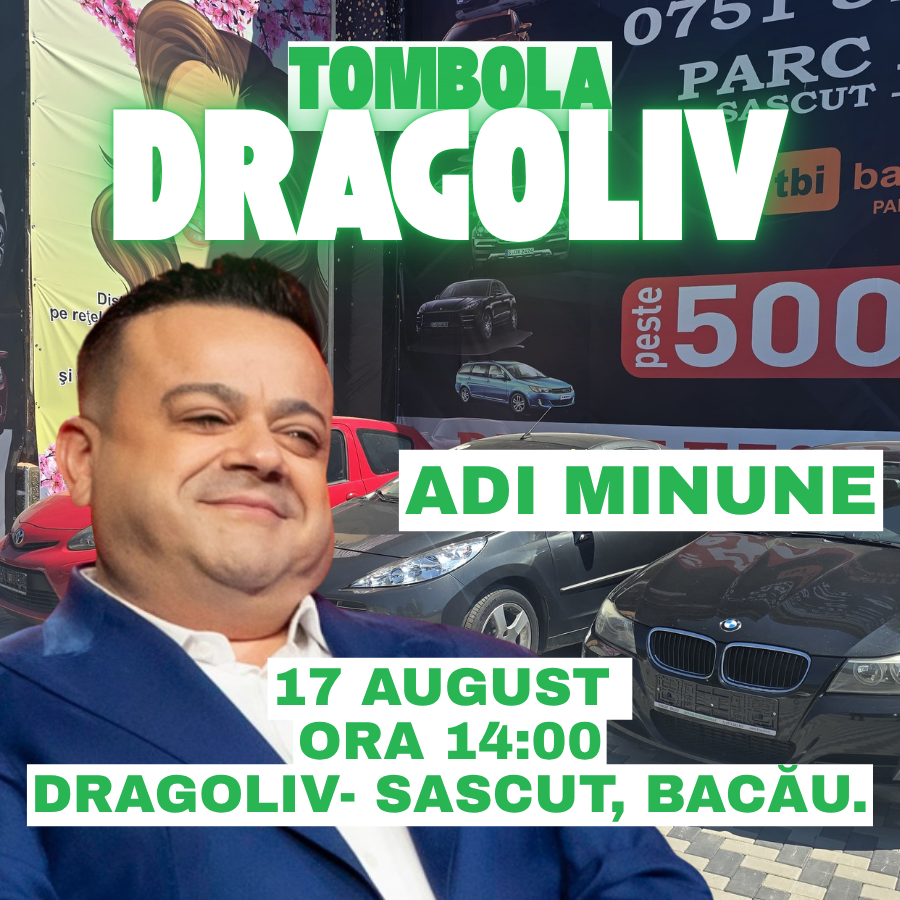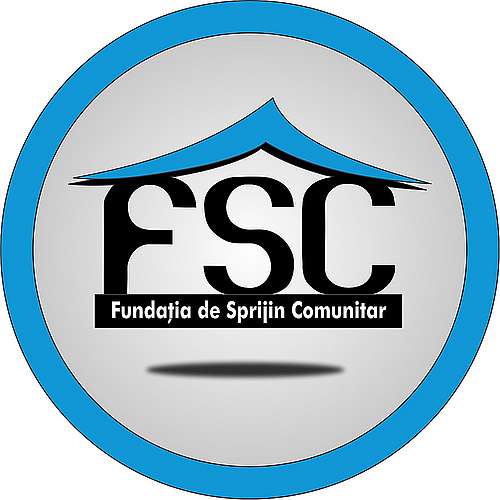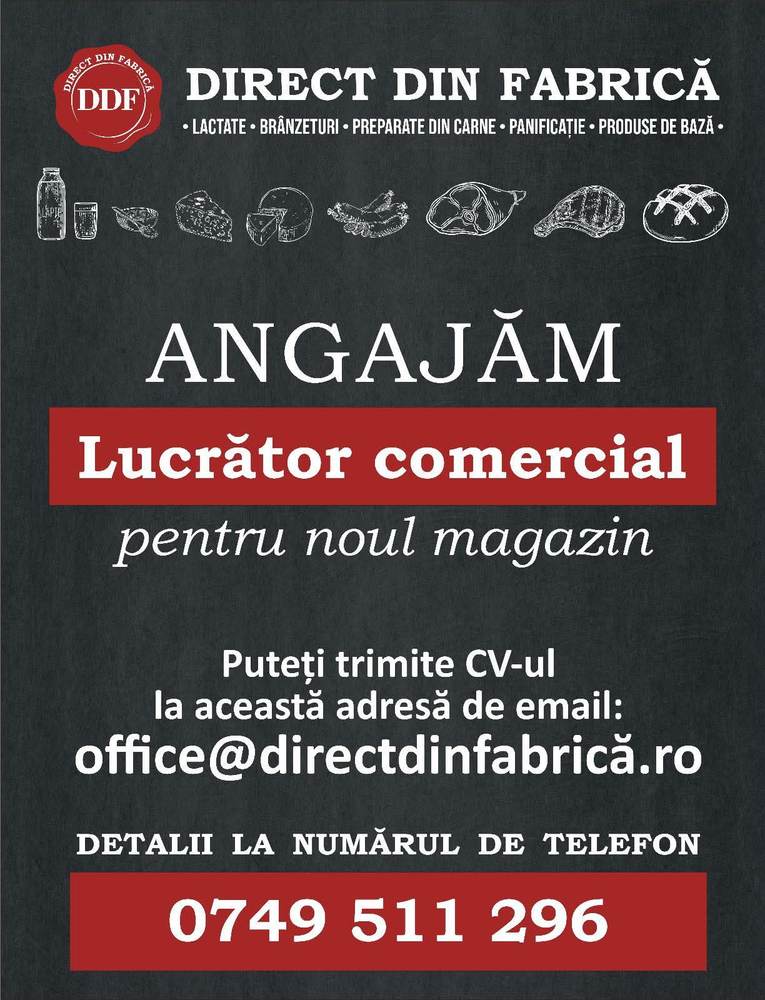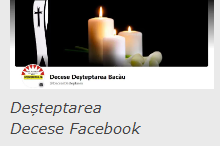On entering the Moinesti municipality, coming from Bacau, the traveller is welcomed by an impressive monument that was built here in 1996 by Romanian-born German sculptor Ingo Glass upon request of the city authorities, wanting to mark the 100th anniversary since the birth of the famous citizen of this locality, Tristan Tzara.
A poet, playwright and essayist, Tristan Tzara, by his true name Samuel Rosenstock, after an early experience during his high school years as a promoter of a cultural magazine published under the intellectual guidance of poet Alexandru Macedonski and painter Iosif Iser, he moved to Switzerland, where he co-founded the ‘Dada’ cultural movement. A monument in Moinesti is today called after this important art movement of the 20th century that led to a major cultural revolution back in its time.
The generation of artists from the early 20th century, for the first time facing the horrors of a war that didn’t seem to end soon, was one of the most radical in the history of mankind.
Intellectuals, deserters, political refugees, who were all revolted against how absurd the conflict actually was, used to gather regularly around Romanian writer Tristan Tzara, the organiser of the Cabaret Voltaire in Zurich, the Swiss capital, in the context in which Switzerland managed to keep a stance of armed neutrality. The writer who was born in Moinesti came up with the movement manifesto through which, while trying to respond to absurdity with absurdity, preached rebellion by putting forth more challenging than aesthetic ideas. He later moved to Paris where he intended to launch Dadaism in the European capital of culture.
It was due to his fame he enjoyed in the avant-garde circles in the Unites States and Canada that the Moinesti municipality became known as the Dada City, according to professor Vasile Tobciuc, who wrote three books on Tristan Tzara appreciated by literary critic Petru Isachi as being ‘impressive through the symphony of the avant-garde thinking, the differentiation from the street rhetoric, expressing nonconformity to what means freedom of expression.’
After a slippage towards surrealism, followed by his enlisting in the French Resistance during the World War II and his adhesion to the French Communist Party from which he soon resigned — in sign of protest from the position of a member against what happened in Hungary in 1956, Tristan Tzara died in 1963 in Paris, being buried in the Montparnasse Cemetery.
In 2013, the Moinesti municipality placed a monument to his memory, designed by artist Giulian Dumitriu, in a downtown square known as ‘the Arcade.’ The work made from aluminum and designed following a ‘random cinematic concept’ shows an artist standing with his left heel on the peak of a pyramid placed on the back of a horse also mounted on a four-wheel cart, in French language Dada meaning ‘horse toy.’
‘Obviously, there is something magic about this monument: the artist wearing a cap adorned with disparate letters and bearing on his left shoulder a rich-folded cloak stretches his left arm to point to, most probably, an indefinite future,’ said the artist from Bacau Vasile Craita Mandra.
Whenever the wind blows the folds of his cloak, the carved body easily spins due to a vertical axis based on a bearing system, so that the direction his left hand points at changes randomly.
Moreover, every year, in April, when Tristan Tzara’s birthday approaches, Moinesti becomes the host of the International Symposium and Museum Exhibition ‘Tristan Tzara and the DADA Culture’, a very prestigious event that enjoys the participation of cultural personalities, poets, artists, essayists, literary critics and historians, journalists and professors, passionate with studying the Dada movement and the innovating trends in the postmodern art of all continents.
The annual symposium includes multimedia presentations, concerts, poetry recitals, staging of the DADA manifestos, exhibitions organised at the MansArta Art Galleries in the locality.
Besides, Moinesti was the birth place of many artists. They are no less than 6 prestigious artists who live here today, members of the Union of Plastic Artists, whose works are presented in both national and international exhibitions.
While continuing the tradition, Moinesti hosts every summer the Annual Painting and Sculpture Camp ‘Artists at the Pine Park’, an event that occasions, according to painter Ilie Boca ‘a spectacular parade of ideas and talent of the participants,’ of famous artists from Romania and abroad.
In order to mark the importance of the oil as the main natural resource exploited at industrial level in the area for more than 130 years, the Moinesti municipality also hosts annual manifestations and an exhibition entitled ‘Black Gold: Tradition and Continuity in Moinesti.’
The authorities organise debate sessions on drilling and processing of the oil in the Moinesti area, laced with stories about people and places.
The permanent exhibition of photography initiated at the Moinesti Town Hall on the occasion of the first edition of the event back in 2012, includes images and archival documents.
Moinesti also hosts the annual exhibition of folk art ‘Golden Hands’, with various artists and craftsmen coming here to show their artistry.
Another local event turned international is ?The Medical Days’ hosted by the Moinesti Emergency Hospital. As many as 400 physicians and special guests and also professors from Romania, Italy, Germany, Israel, France the Republic of Moldova and the United States of America have participated in this year’s edition.
‘The event represents an ideal opportunity for guests to present the results of their research, to find out about the latest discoveries in their field of expertise and to exchange experience with the other participants,’ showed the director of the hospital, Adrian Cotarlet.
The Moinesti Hospital benefited from important investments this year from the City Hall and the Bacau County Council, the result of which were a heliport, unique in Romania for a hospital of this size, and it was also established the single research department in Romania approved by the Romanian Academy of Medical Science that is not attached to a university.
In end-July, the Moinesti municipality and the beautiful mountain landscape surrounding it hosts for the second consecutive year the most spectacular competition of the ‘Moldova Auto Rally’, a competition counting as a leg in the National Championship, and also another spectacular competition that requires courage and intelligence, namely the Moinesti Mountain Biking National Championship 2014, this year at its first edition.
‘With so many successful events organised here, in order to be able to highlight even more our region’s scenic landscape, mostly unknown to the wide public and also the hospitality of the people, their desire to communicate through art, culture, science or sports, we though next year to start an annual agenda that to be entirely dedicated to a type of events tourism. We will offers thus to our visitors the occasion to learn new things and notice the particularities of a landscapes that is less known by tourists. We have the human resources that we need, and even the financial resources, and we have already prepared the projects. I believe that we will succeed in doing what we proposed as part of our municipality’s local development strategy,’ said Mayor Viorel Ilie.
Thus, we are currently building a Municipal Culture House with funds from the local budget and the County Council. ‘We want to equip it with everything that is necessary for events o be hosted here to become more and more spectacular and numerous […] We have also drafted projects to get European funds for promoting this type of tourism and also to be able to completely rebuild the street infrastructure of the City, while benefiting from 16 million lei in funds or for rebuilding ‘an unpolished gem’ of our City, which is the Bai Park,’ said the City Mayor.
Situated downtown Moinesti, a park known for its five mineral springs with healing properties welcomes its visitors with its beautiful scenery. One only needs to make a few steps inside to escape from the noisy city and thus feel rewarded.
It seems that the five sulphurous and ferruginous springs in the park were discovered by accident in 1860 by oil workers.
The City used to be visited by a large number of tourists coming from all over the country to drink from these springs thought to have healing properties.
Among the patients who came here for a treatment back in the summer of 1909 was famous painter Stefan Luchian, who was so thrilled with the beauty of the landscape that he went on working on a series of paintings while he was here. The artist even confessed in a letter to a friend that ‘beautiful proves to be just another empty word while used to describe the wonderful scenery surrounding Moinesti…’
The archives from the 1930s notice the fact that Moinesti was among the most appreciated spa destinations in inter-war Romania.
The Moinesti City Mayor, Viorel Ilie, also shared his satisfaction for the hotel near the park — built in 1989 — will finally become the property of the city administration after a ‘long and tiring legal battle.’
‘We will finally have a proper accommodation unit to welcome our guests coming from the various parts of the world, among whom there will be our guests from the Israeli City Rosh Pinna, where the Romanian Jews living in Moinesti went in late 19th century to contribute to the foundation of the Israeli state, a City that wants to become entwined with us, which also makes us very glad,’ said the Mayor.
The City has another park to be proud of, the Dada Park in front of the City Hall, and also the natural protected area ‘The Pine Forest’, a beautiful plantation of Canadian black pine that has been in the care of the Steaua Romaniei Oil Foundation ever since 1930 when it tries to stabilise landslides that were happening in the northern area of the City. Today one can find here restaurants and accommodation units — small wooden houses made by the local builders.
As regards the spiritual treasure of the Moinesti municipality, several important cult settlements could be mentioned: cathedral of Virgin Mary’s Nativity, Church of the Holy Virgin Martyr Paraskeva, dated in 1676, the Saint Voivods Church, built in 1850, the Saint George Church, 1860, the Church of the Holy Martyr and Healer Panteleimon, which is the single wooden church in northern Maramures style in the Diocese of Bacau and Roman.AGERPRES




















